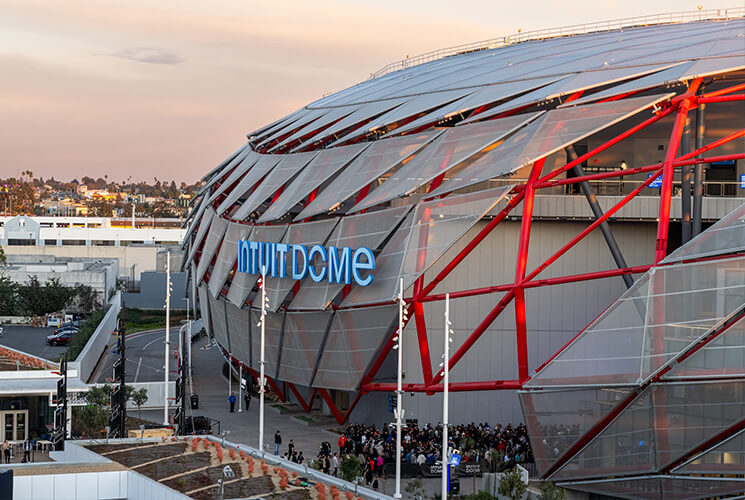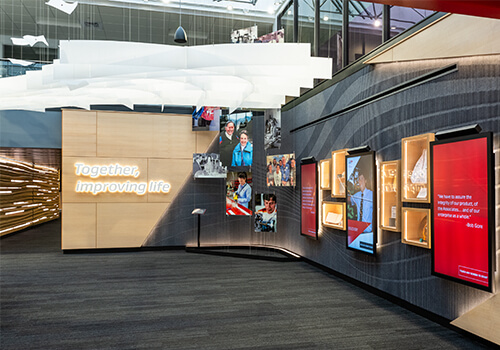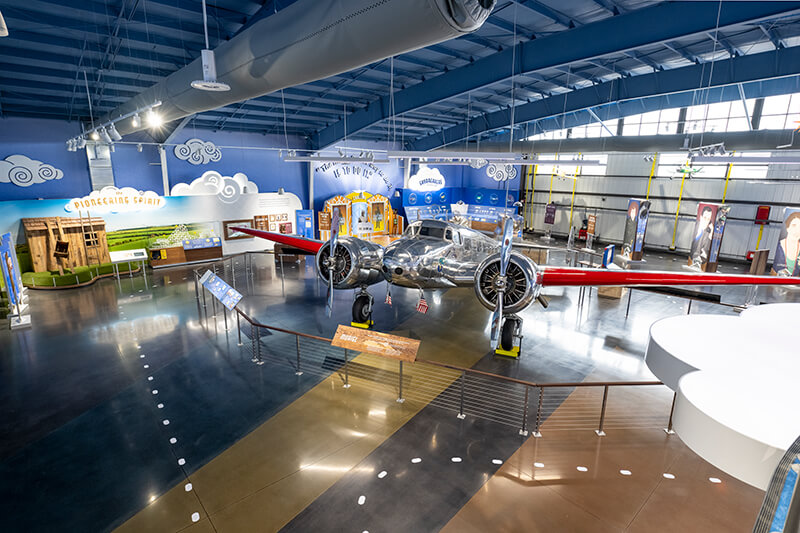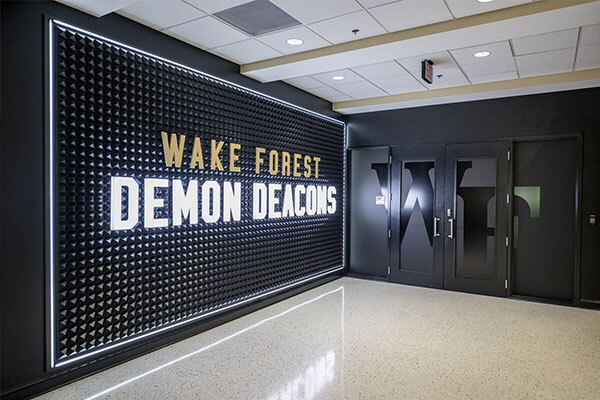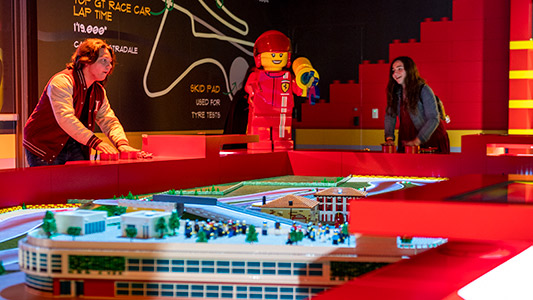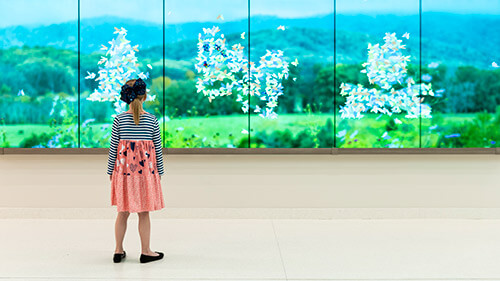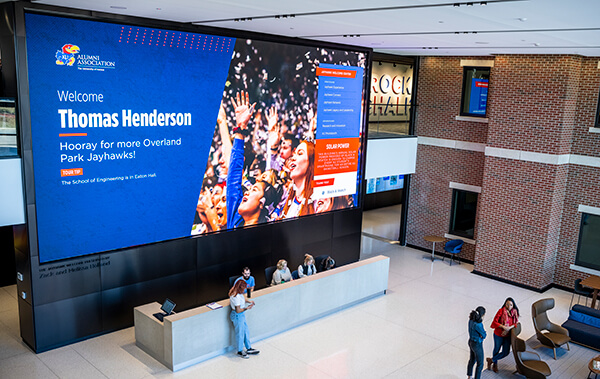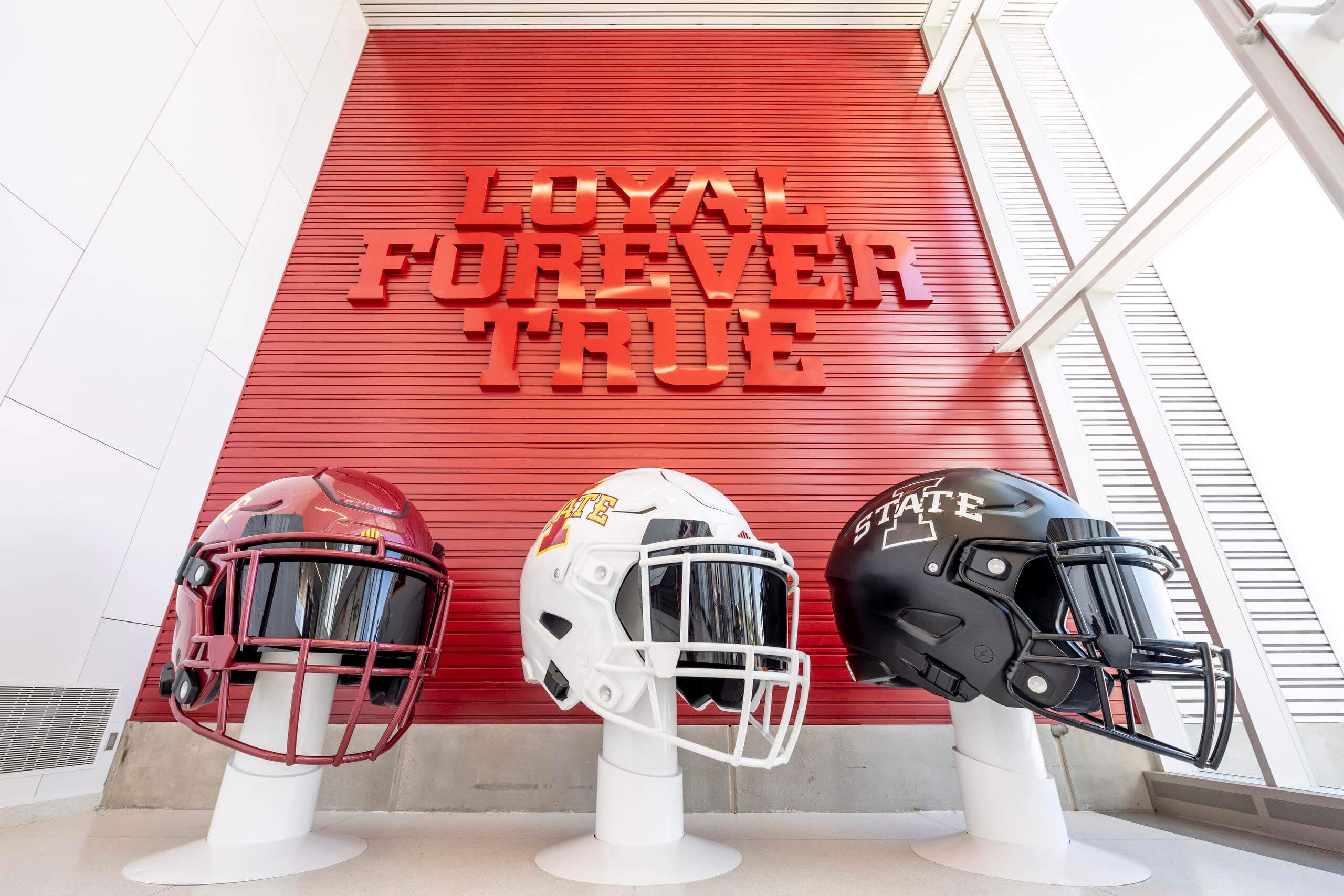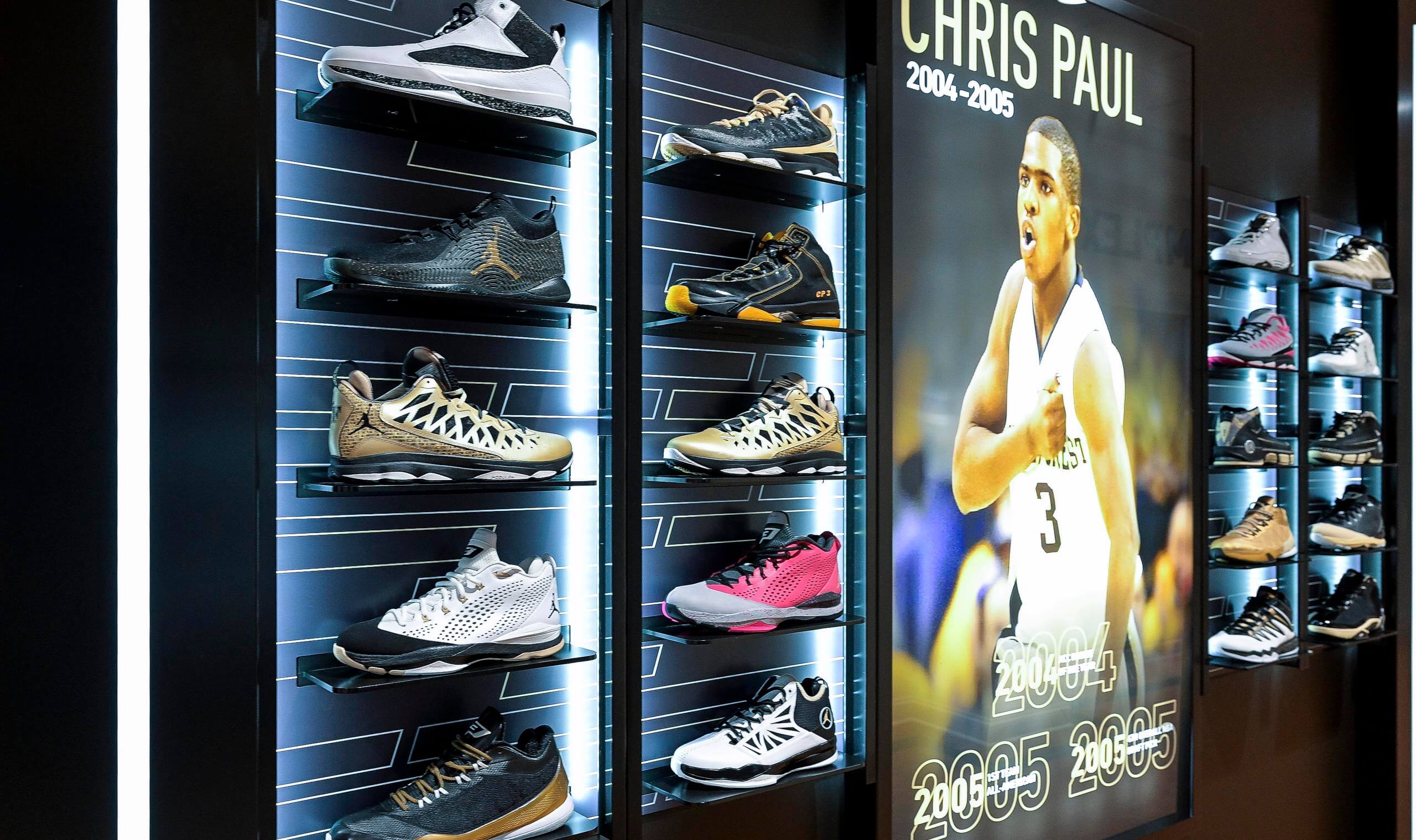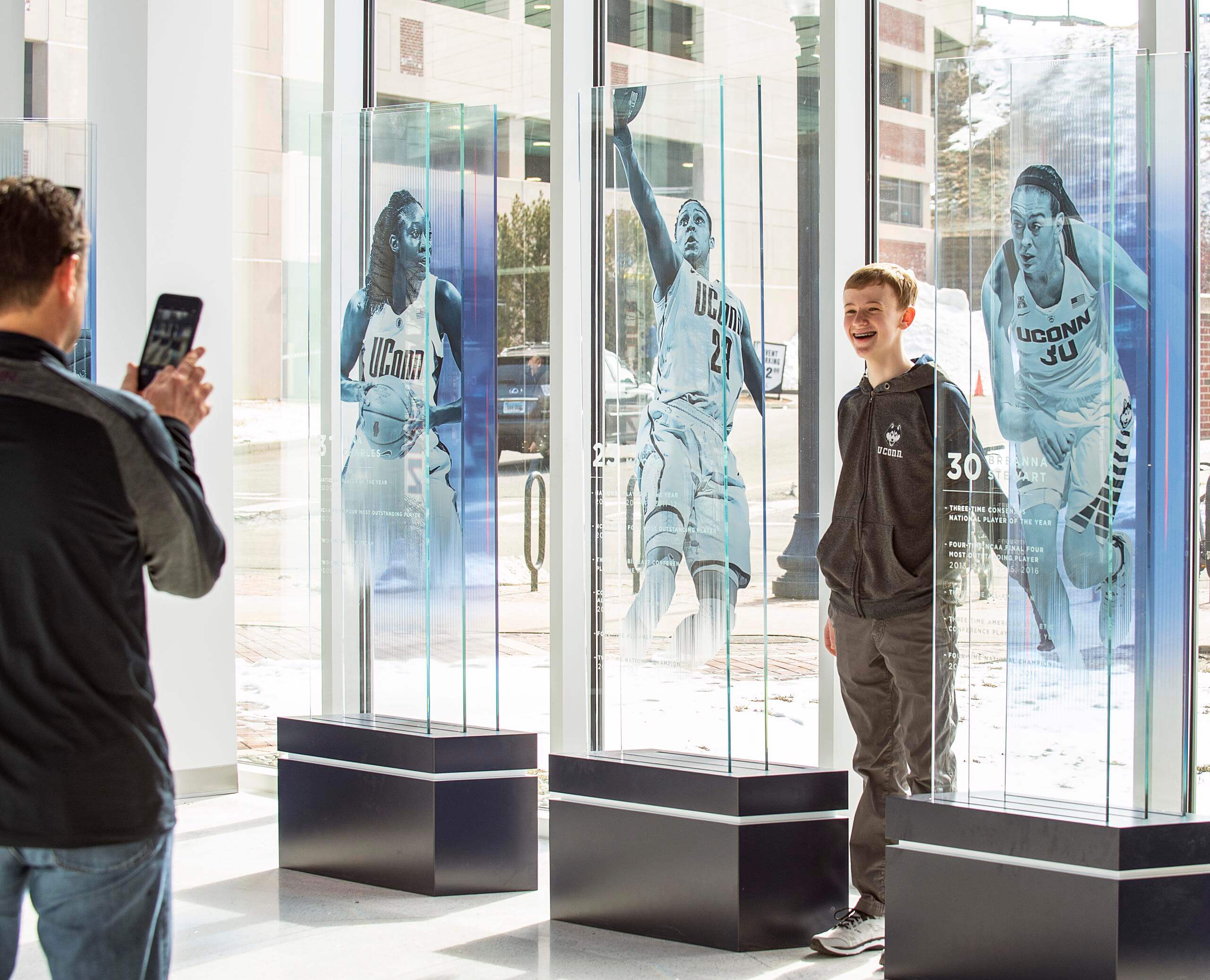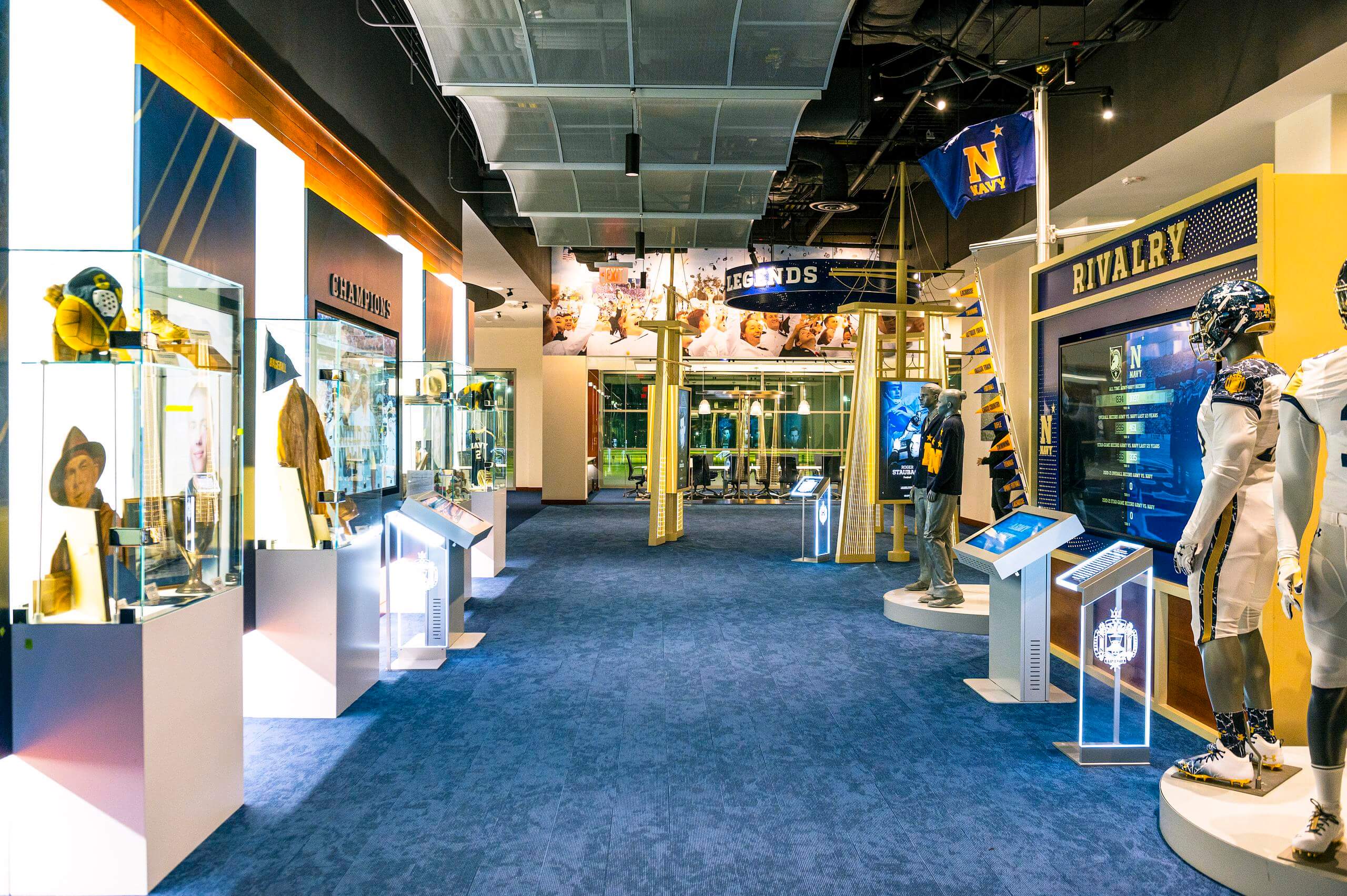In recent years, there has been a significant shift in college athletics from player-focused athletic facilities to a more comprehensive approach centered around Arena, Stadium, and Entertainment Districts (ASED) projects. The reason is twofold. First, over the past 15 years, many players' facilities, admin facilities, and premium spaces across the country are mostly completed. Now it is time to focus on the stadium or arena itself. Second, universities and athletic departments are exploring substantial revenue-generation opportunities year-round.
Traditionally, college facilities primarily consisted of stadiums and arenas designed to only host sporting events. While these venues are functional, the fan experience was often limited to the game itself. However, the sudden rise of professional sports and entertainment districts, such as The Battery in Atlanta, Deer District in Milwaukee Patriot Place in Foxborough, showcases the potential to create vibrant, community-driven destinations around sports facilities.
Recognizing this trend and seeing success firsthand, universities have embraced the concept of ASED projects. For example, CYTown at Iowa State University, The Gateway District at the University of Kansas, Wake Forest University’s Deacon Blvd. Development exploration and other schools have recently announced game-changing projects that will shift the fan and community experience for the better. Key elements of this shift include:
1. Mixed-Use Development: ASED projects often involve mixed-use developments that combine sports facilities with retail stores, restaurants, hotels, and residential properties. This creates a dynamic environment that encourages fans, students, and the community to spend more time (and money) in the area.
2. Year-Round Engagement: Unlike traditional facilities, ASED projects are designed to host events and activities year-round. This can include concerts, festivals, community gatherings, and more, making the venue a true destination beyond sports events.
3. Enhanced Fan Amenities: Colleges are investing in modernizing stadiums and arenas, incorporating state-of-the-art technology, premium seating, and hospitality options. These upgrades elevate the fan (and donor) experience and keep attendance numbers at scale or increase year-over-year.
4. Recruitment and Branding Opportunities: ASED projects are powerful tools for attracting top-tier student-athletes and enhancing a university's brand. Impressive facilities and an exciting fan atmosphere can set a school apart from its competitors.
The shift from athletic-specific player facilities to ASED projects in college athletics represents a strategic response to changing fan expectations and the desire to create vibrant, multifaceted destinations. These projects aim to provide not only a memorable game-day experience but also a year-round entertainment and community hub, benefitting universities and their surrounding areas in numerous ways.



